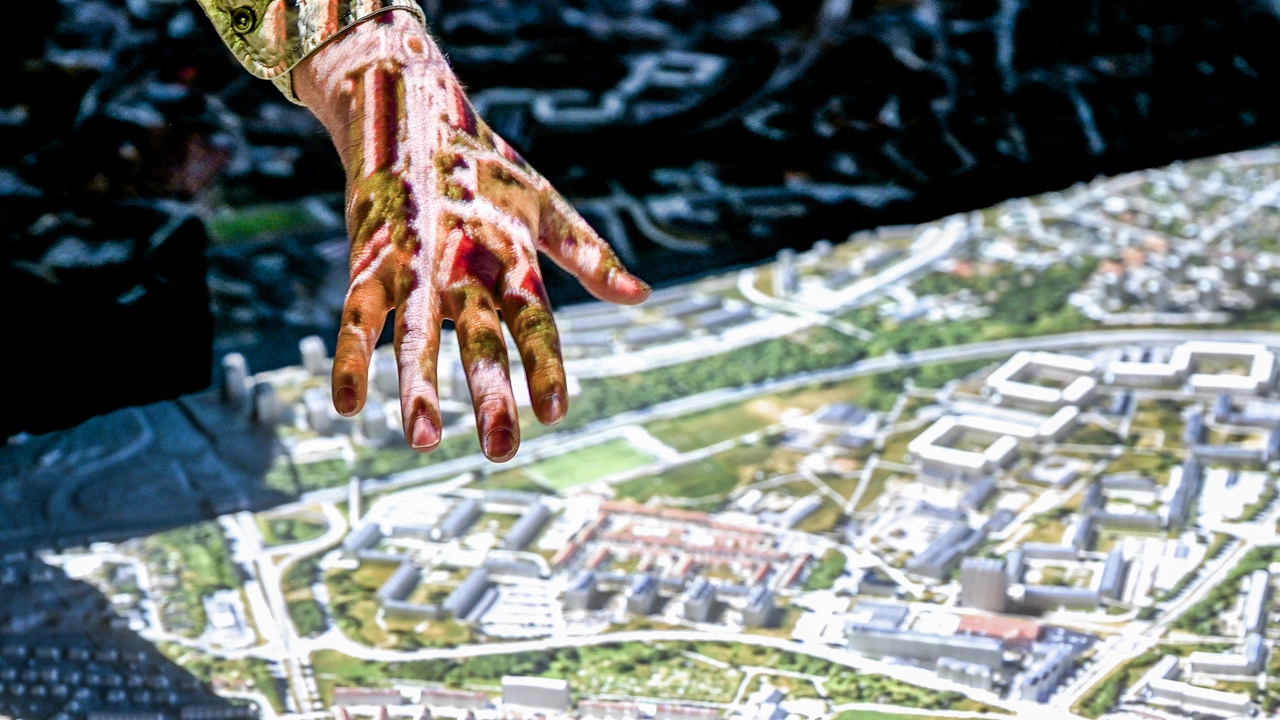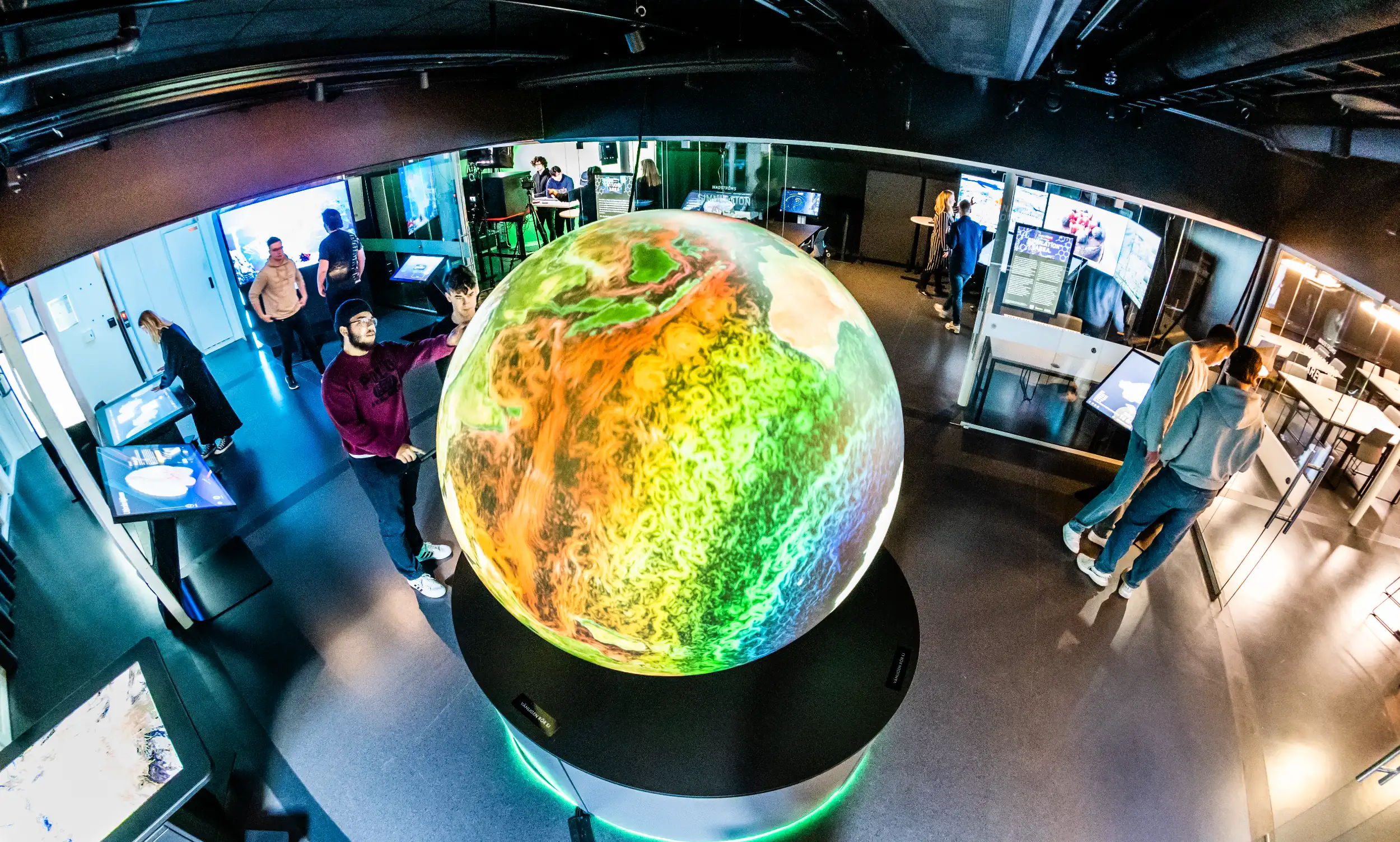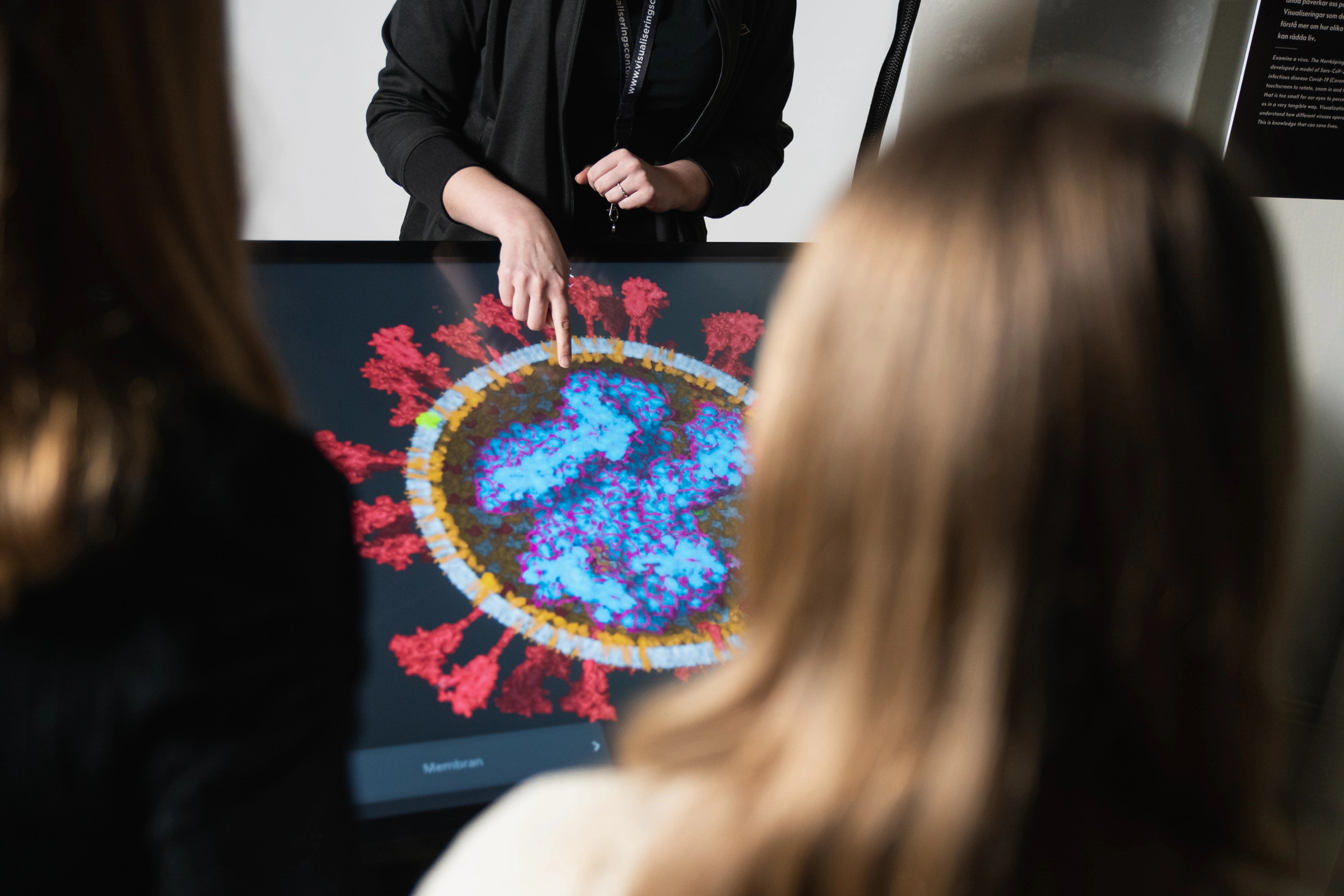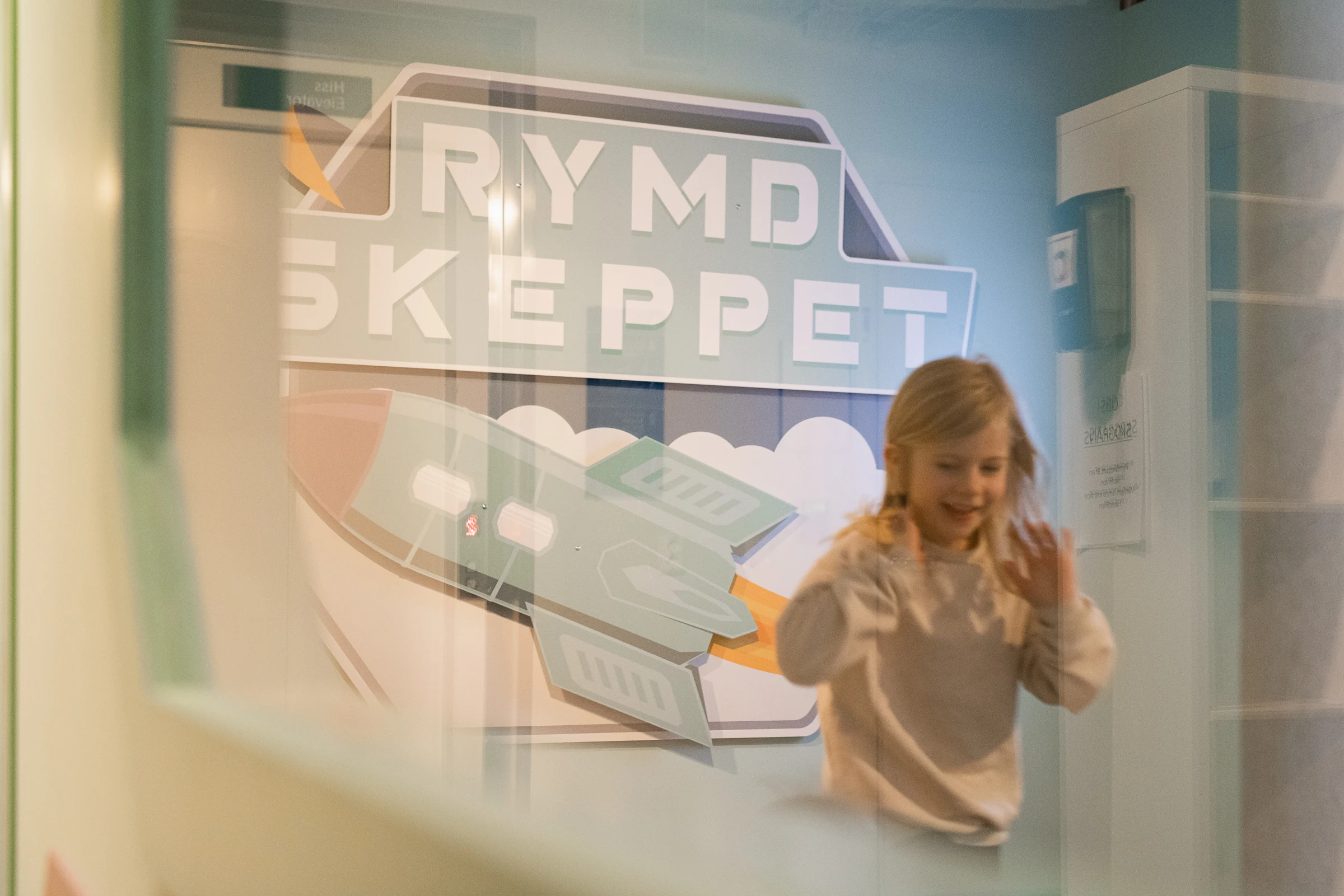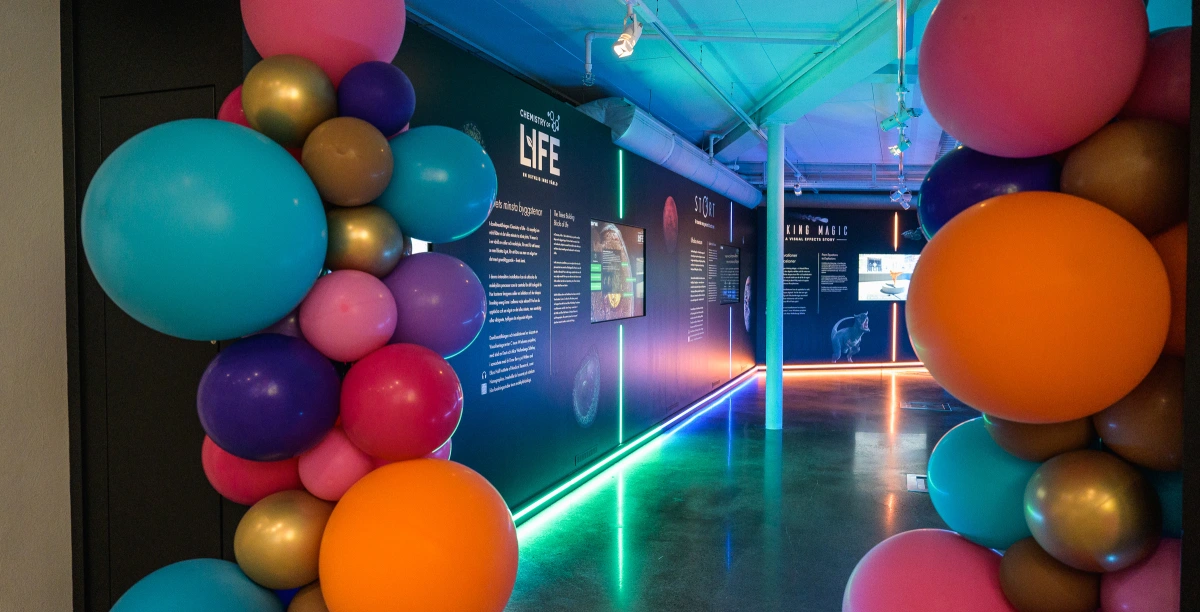In the new lab and learning environment Visual City, you can explore how AI and urban development are connected.
Meet Norrköping’s digital twin
Norrköping’s digital twin can now be experienced and explored at Visualiseringscenter C through a three-dimensional map – either in the dome theater, on a touchscreen, or as a physical 3D model. This creates opportunities to discover the city in completely new ways. The project aimed to develop a platform and methodology for creating digital twins of cities, with Norrköping as the first city. With AI and the latest research in visualization and image analysis, we can automate the currently very labor-intensive process of making maps and classifying content in maps. The digital twin opens up new ways of thinking by visualizing large amounts of information and making it understandable to the eye in a pedagogical and communicative way. It becomes easier to understand complex issues in the urban development process, such as how sea level rise, climate change, and noise affect our city. We will also be able to simulate different options as a support in decision-making processes, says Anna Selander, municipal director of Norrköping Municipality and CEO of Rådhus AB.
With AI support
With the help of AI and deep learning, cities can largely be mapped automatically. Municipalities will not have to spend time on the labor-intensive work of manually mapping their entire land use map, but can leave the heavy lifting to the AI model, which generates everything from trees to building models or roundabouts. The establishment of digital twins of cities enables the use of digital testbeds as a methodology. The ability to analyze, simulate, and optimize scenarios digitally before they are built or implemented in physical reality is resource-efficient, both ecologically and economically.
– The methods we have developed have shown great potential when it comes to streamlining mapping work, enabling significant efficiency in the work process for all municipalities in Sweden. It also unlocks opportunities to conduct data analyses that were previously impossible due to resource constraints. Here we can also add value to a wide range of research areas, says project manager Erik Telldén, Linköping University.
A place for dialogue about the city
In this lab environment, visitors can engage with the city’s history in a fun and interesting way, exploring today’s and tomorrow’s opportunities and challenges. Visitors can also try creating their own city images with generative AI. Norrköping strengthens its position as a leading player in innovative processes for urban planning and citizen dialogue. With this leap in development, we gain an innovative meeting place at the forefront of research for dialogue, participation, and engagement between the public and decision-makers, says Lisa Lindgren, CEO of Norrköping Visualization AB. The exhibition is produced by Visualiseringscenter C with support from the Norrköping Research Fund, Visual Sweden, and the Wadström Foundation.

Conference
Let Visual City be part of your meeting or conference with us at Visualiseringscenter C. Our educators will guide you and deepen your experience of the installation in the lab and learning environment. Read more about conferences here.
School Programs
Want to visit Visual City with your school class? Our educators will guide you based on the students’ level of knowledge. Read more about school visits here.

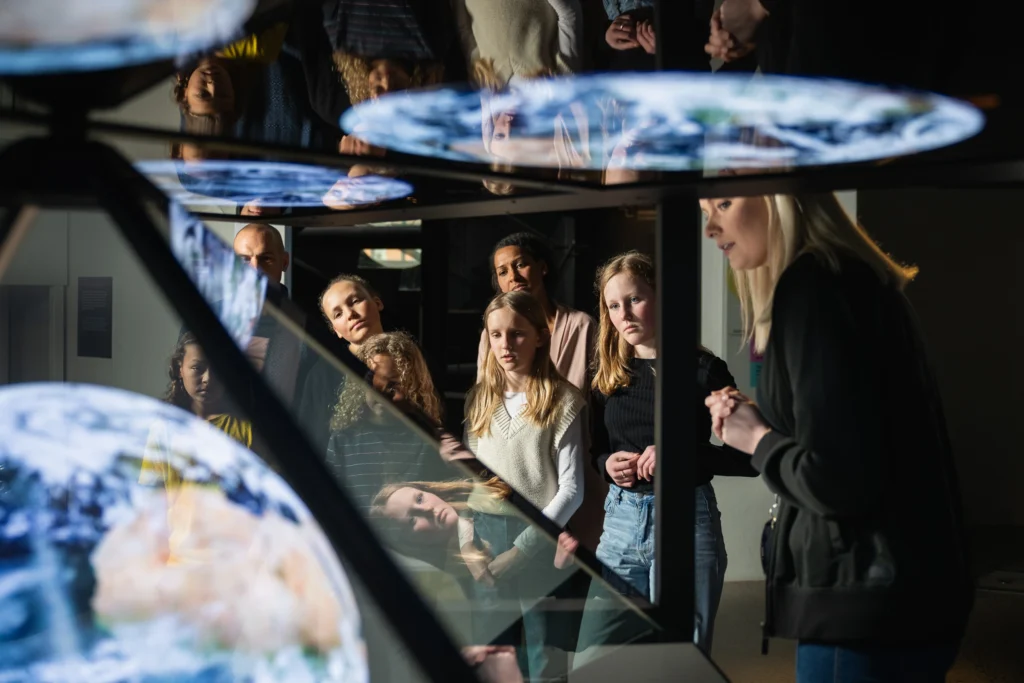
About Visual City
The exhibition is produced by Visualiseringscenter C with support from the Norrköping Research Fund, Visual Sweden, and the Wadström Foundation.


